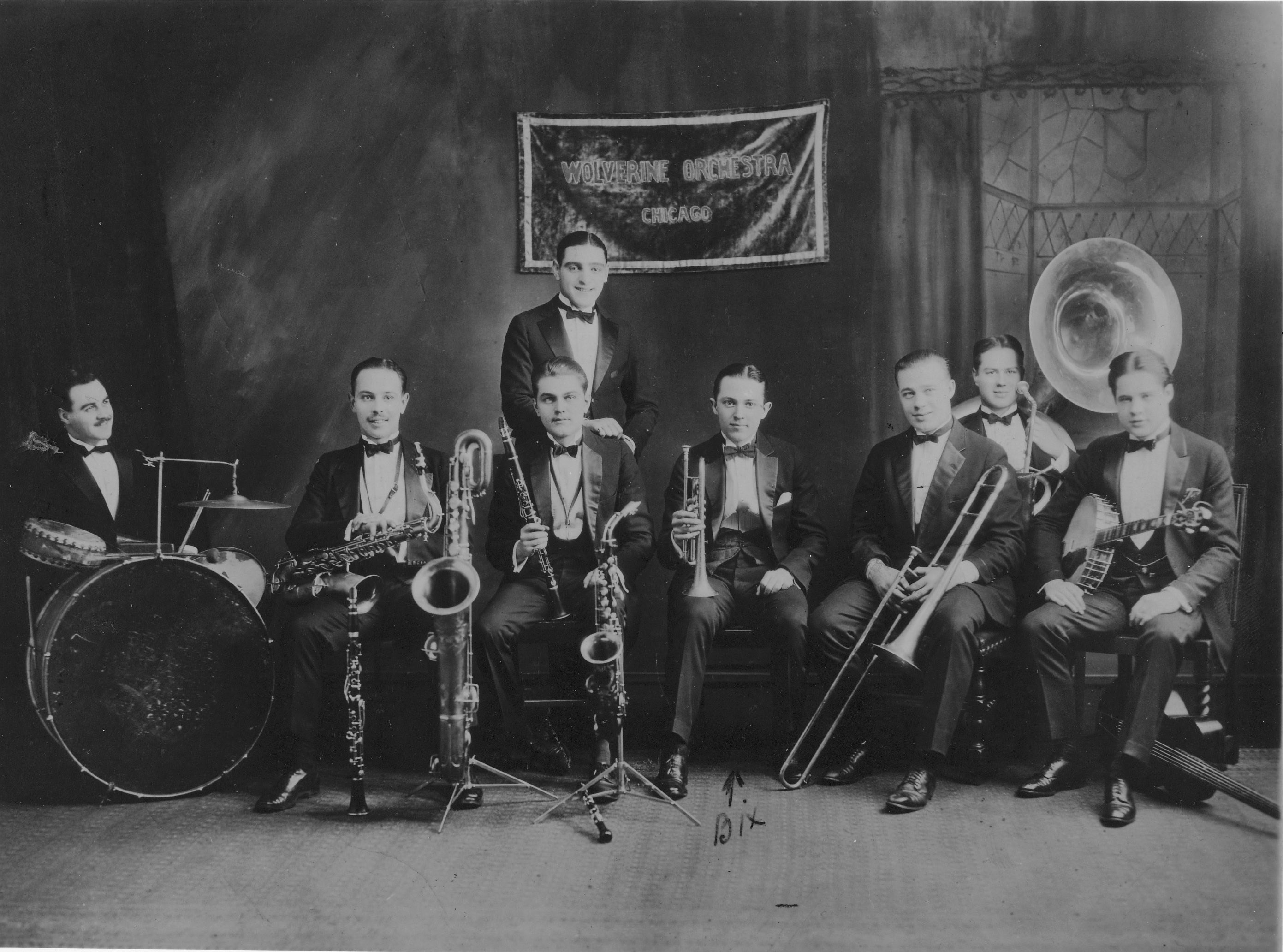
Then, assign pairs a famous musician from the Harlem Renaissance. These pictures capture the sights and scenes of Harlem during this quintessential time of American history. Langston Hughes Harlem Renaissance Writer Ovid H. 11 Movement-Defining Artists of the Harlem Renaissance Artist(s) in Focus. At night, venues such as the Cotton Club and the Savoy Ballroom packed the dance floor with groundbreaking new musicians like Duke Ellington, Bessie Smith, and Cab Calloway. This list revisits the domains of prominent Black artists who emerged out of the cultural revolution known as the Harlem Renaissance. They are considered the most important person in history born in East Harlem in the state of New York. They were 37 years old at the time of their death. Smith was born in Chattanooga, Tennessee, and was working as a blues singer by the time. Bobby Darin is the most famous person from East Harlem, New York.

Du Bois and Zora Neale Hurston used language to help define the realities of the black American experience. Bessie Smith became known as the Empress of the Blues thanks to her captivating and powerful vocals. Artists who called Harlem their home, such as Augusta Savage and Aaron Douglas, developed a new visual lexicon for black culture, while writers and poets such as W.E.B.

Johnson was born in 1888, but was forced. Sargent Claude Johnson was praised for his efforts as a painter, ceramics artist, sculpture, printmaker and various other forms of expression that he excelled at. In the years that followed marked the era of the Harlem Renaissance, which saw a flourishing of art, music, dance, poetry, entrepreneurship, and fashion that set the foundation for black culture in America today. Another significant figure in the Harlem Renaissance is known as one of the most comprehensive artists of the era. At the start of the 20th century, the Harlem neighborhood of New York City was home to a largely black middle-class community that thrived following a period known as the Great Migration, when many black families left the oppressive South for new beginnings.


 0 kommentar(er)
0 kommentar(er)
